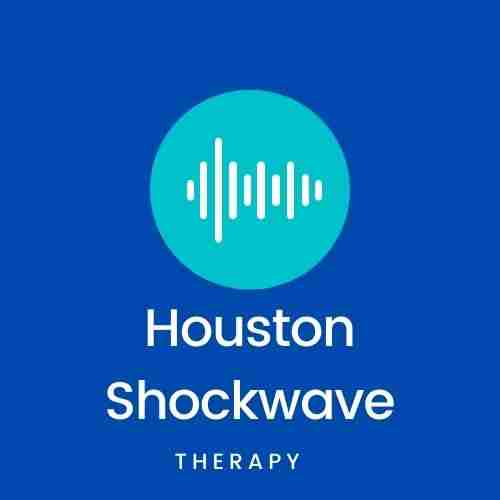Houston Shockwave Therapy
Healing for chronic and acute injuries
Tendonitis
Pain Relief
Inflammation Reversal
Collagen Synthesis
Shockwave Therapy for Tendonitis
Welcome to Houston Shockwave, where we specialize in the treatment of tendonitis using the latest technology and techniques in shockwave therapy. If you’re suffering from tendonitis, you know how debilitating the pain and discomfort can be. That’s why we’re here to help.
Tendonitis is a common condition that occurs when a tendon becomes inflamed or irritated. It can happen in any part of the body where tendons are present, but is most commonly found in the shoulders, elbows, wrists, knees, and ankles. Tendonitis is often caused by repetitive motions or overuse, and can also be a result of an injury or aging.
Traditional treatments for tendonitis include rest, ice, compression, and physical therapy. However, these treatments may not always be effective, and can take weeks or even months to show results. That’s where shockwave therapy comes in.
Shockwave therapy is a non-invasive treatment that uses high-energy sound waves to stimulate the healing process in your body. The waves are directed at the site of your tendonitis, where they create microtrauma that triggers your body’s natural healing response. This results in increased blood flow to the area, which can help to reduce pain and inflammation, and promote the growth of new tissue.
At Houston Shockwave, we use the latest technology and equipment to deliver shockwave therapy in a safe, effective manner. Our team of medical professionals will work with you to develop a personalized treatment plan that takes into account your individual needs and goals. We’ll monitor your progress throughout your treatment, and make any necessary adjustments to ensure that you’re getting the best possible results.
Our shockwave therapy treatments for tendonitis are non-invasive, require no downtime, and have a high success rate. They can be used to treat a variety of tendonitis conditions, including:
Tennis elbow – a condition that affects the tendons in the elbow and causes pain and tenderness.
Golfer’s elbow – a condition that affects the tendons in the forearm and causes pain and stiffness.
Achilles tendonitis – a condition that affects the tendon that connects the calf muscle to the heel bone, and causes pain and stiffness in the ankle.
Rotator cuff tendonitis – a condition that affects the tendons in the shoulder and causes pain and weakness in the arm.
Patellar tendonitis – a condition that affects the tendon that connects the kneecap to the shinbone, and causes pain and swelling in the knee.
Plantar fasciitis – a condition that affects the tissue on the bottom of the foot, and causes pain and stiffness.
If you’re suffering from tendonitis, it’s time to consider shockwave therapy at Houston Shockwave. Our treatments are non-invasive, require no downtime, and have a high success rate. To learn more about our services, or to schedule a consultation, please contact us today.
How Does Shockwave Therapy Work for Tendonitis?
Shockwave therapy for tendonitis works by using high-energy sound waves to stimulate the healing process in your body. The waves are directed at the site of your tendonitis, where they create microtrauma that triggers your body’s natural healing response.
During a shockwave therapy treatment, a medical professional will use a device to deliver high-energy sound waves to the affected area. The sound waves are delivered in short bursts, and can be adjusted to target different depths and areas of the tissue.
As the sound waves penetrate the tissue, they create microtrauma that stimulates the production of growth factors and other healing agents. This results in increased blood flow to the area, which can help to reduce pain and inflammation, and promote the growth of new tissue.
Shockwave therapy for tendonitis is a non-invasive treatment that can be completed in a single session
If you’re tired of living with the pain and discomfort of a non-union stress fracture or tendonitis, it’s time to take action and seek treatment at Houston Shockwave. Our state-of-the-art facility is staffed by highly trained medical professionals who are dedicated to helping you recover from your injury and get back to the activities you love.
